PADILLA, COLUMBIA
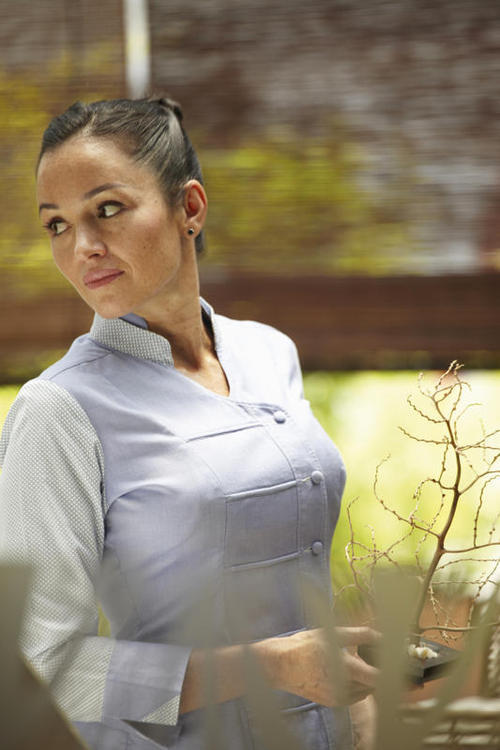
PADILLA, COLOMBIA—- Catalina Velez is a rising star of the emerging culinary scene in Colombia. The 35-year-chef is featured on the Gourmet Channel in Latin America and Miami. She owns three restaurants in Cali, the colorful salsa capital of South America. She obtains many of her products from rural farmers along the fertile Pacific coast of Colombia.
Velez visits the producers several times a year. She drives out of Cali through sugar cane fields and poor towns illuminated only by strips of lottery tickets on crumbling sidewalks. She will listen to progressive electronica-cumbia or classic James Brown.
She says it loud, she says it proud.
Velez stands at a dense farm in Padilla, about an hour south of Cali.
Afro-Colombian workers chop at trees with silver machetes that glisten in the sun. A rooster dances on a wooden cart.
Velez brushes a mosquito away from her light brown face. She is only 5’6” but her soft chestnut eyes see the big picture.
She glances at a kaleidoscope of orange, green Joni trees and the bright red of lush papelillo trees.
“I tell students if they don’t look to nature, they are not going to be able to create,” says Velez, wearing a gray tank top and blue jeans. “Everything is in nature: the balance of colors, the balance of forms. Your inspiration has to be in the waterfalls. Don’t go to the Internet. Fall in love with the flowers and the greens. Many people don’t realize how mathematically perfect nature is. Every pedal of the flower is perfect.
“I try to get people to look back—at what they have.”
Velez is emblematic of a new generation of Colombians who are attempting to reinvent Colombian identity in a dramatic transition from stereotypical cocaine wars and jungle guerillas. For example, the Grammy-winning hip-hop group Choc Quib Town sings of the vibrant colors, rich flavors and saints of their culture from Choco’, the Afro-Colombian capital near Bogota’.
What is Colombian identity?
“³Wow,!?” she answers with a radiant smile “Vibrant. Natural. Very deep in culture, very deep in sensitivity for people. Gentle.”
As the level of Colombian identity goes up, the level of fear to travel to
Colombia will diminish.
“People will start looking at us a different way,” she continues. “Fear can
happen everywhere in the world. I¹m going to tell you, my little brother was
kidnapped, but I have never been robbed or attacked here. And I go
everywhere. I love salsa. I go to dance in dangerous places because if you
show you have fear, you’re vulnerable. It can happen. Our country has people who don¹t have work but they need to eat. They go that way. I don¹t agree but I understand. But I try to be friends with all. At the market this morning I had coffee with the lady who brings food for me. I enjoyed what she had to say because I¹m going to learn. That is how I have learned what is here (at her Kiva restaurant in Cali) for you. I don¹t create in the kitchen.
“I create on the outside, looking at people walking, cleaning, many many things.”
When Velez opened Luna Lounge in 2002 her mission was to get Colombians to celebrate their own culinary identity instead of looking towards the United States (pizza, hamburgers, etc) for culinary ideals.
Now, Velez works with VallenPaz, a 13—year-old organization
that helps thousands of indigenous families learn to how to cultivate and
sell products she uses in her restaurants.
Some of these people are farmers outside of Cali where they have made money by growing the coca bean used in cocaine. They are mainly of Afro and indigenous descent.
“We try to convince people in the cocoa trade to grow other things,” she
says. “But in a way in which they decide to do it. We don¹t make them do it. We try to show them it’s not all about money. They destroy everything in
their life to have money. We try to give them a better life by growing other
crops: guava, pineapple. Coca isn¹t bad. The bad thing is the use of coca.”
VallenPaz is an emerging economic gear in Colombia. It has brought to market nearly $20 million in products grown and produced by family farmers. The organization also promotes “clean production” techniques, encouraging rural farmers to go organic or minimize chemicals through sustainable farming techniques.

VallenPaz produce in regional supermakets are tagged with stickers showing VallenPaz farmers as the source. Their work is mainly done in Valle del Cauca, the state of which Cali is the capital.
Velez’s latest dream is to have VallenPaz originated marmalade stocked in all the major hotels in Cali. With a population of 2.5 million people, Cali is Colombia’s third largest city.
Sometimes Velez will bring copies of her education cookbook “Cocinando Ando Ando Cocinando” (I’m Cooking, I’m Cooking”) to give to the farmers. The educational cookbook is produced in conjunction with VallenPaz. In more remote areas without cable, Velez will bring along cooking CDs.
The Kiva menu declares,”We support alternative development products that are part of the Illicit Crop Substitution led by the United Nations Office
on Drugs and Crime-UNDOC-in Colombiaeta.”
“I want people to wish to come here,” she says. “They want more, so they
will come.”
The coca plant goes back to 500 B.C. when Incan tribes in the current
Bolivia and Ecuador burned the leaves in religious ceremonies. In the
mid-1970s FARC (Fuerzas Armadas Revolucionarias de Colombia) soldiers began setting up camp in the dense forests near the Caguan River (near the Colombian Amazon) where the coca shrub flourished.
In the 2010 book “Hostage Nation (Colombia¹s Guerilla Army and the Failed War on Drugs)² [Alfred A. Knopf, $26.95] , Victoria Bruce and Karin Hayes write that in the late 70s and early ‘80s coca buyers arrived in the jungle with seeds from the coca shrub and distributed them among Amazon farmers.
“Coca increased the farmer¹s incomes thirty-to fortyfold,” they write. “A kilo of coca base paid $250, far more than what the farmers could get for 25 kilos of yuca or platano. Men from all over the country came to the area, attracted by stories of “white gold.” FARC guerillas took control of the region and began taxing coca growers and buyers. They used this money to buy weapons and recruit more soldiers. By the early 2000s FARC controlled all the coca-growing regions in Southern Colombia with drug cartles in Medellin and Cali as points of departure.
Velez says her little brother was kidnapped about 15 minutes from Cali.
‘’They have taken many people,’ she reflects. “Many people said, ‘If we want peace in the cities we need to get peace in the countryside.’¹We try to show them how to build a better life in the countryside—growing crops.
“We¹ve tried to teach people what is important—-and that is to have the market before you grow anything. We show them important and different techniques like irrigation so they have a base of productivity.”
When in the field, Velez does not gloss over diet and and health education. “Community work, how to make your heart feel better inside and outside,” she says. “How to improve communication between families. We talk about complete programs. We didn’t want to teach them to grow things, but after that task there would be no families, no families, no friends, no social work.”
Velez’s father Julio Caeser is a doctor. Her mother Catalina is an artist-sculptor-retired homemaker who has also raised four children. As a child Velez and her friends would hike through the rivers and valleys of the Picoeloro mountains outside of Cali. They slowed down and watched the butterflies and soaring birds.
Velez¹s grandmother Emma Cordero was from Pereira, Colombia. Velez has used her grandmother¹s advice in recent marketing efforts: “Don¹t buy anything your grandmother would not recognize as an ingredient and ensure your shopping cart is full with 80 percent natural products.”
She elaborates, “My grandmom was a happy, wise woman. She taught me about nature, growing plants, loving animals—even the ones you are planning as part of your diet. She told me that food was the way of mental and physical health. She didn¹t like to cook but she liked to grow food. My grandfather was an awesome cook.”
In 2001 Velez studied at Art Institute of Atlanta and later in the Cordon Bleu in Paris.
“The art institute is the only culinary school that has many art careers
going on besides you,” she explains. “Photographers, fashion designers,
computer animators that give you an ambiance of art, one of my strongest
inspirations. And I loved Atlanta, the jazz and the hip-hop. I remember
Whole Foods. And we had organic foods in school. That¹s why I try to do the same thing in my restaurant. I don¹t cook with any chemicals. I don¹t use white flour.”
Vélez produces and hosts Origins, a Gourmet Channel show which
features native Colombian products, the best features of which are brought
out through the use of top culinary skills. The end results are artistically
revealed in dishes that serve as representatives of Colombian identity.
That show can be seen in Latin America and Miami, Fla.
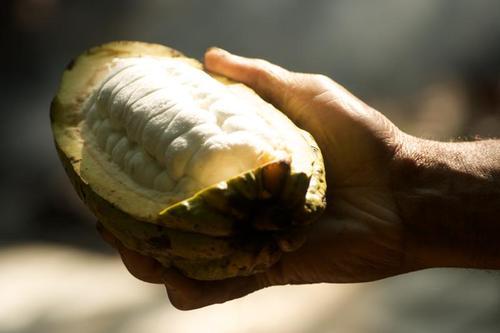
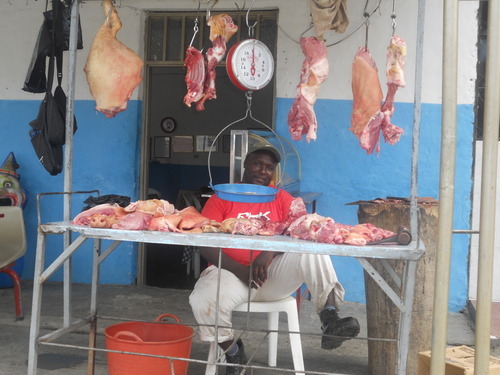
She also hosts the “Cocinando Ando Ando Cocinando,” (“I¹m Cooking, I¹m Cooking”) television show which recommends a new and more nutritious way of eating and encourages the Colombian population to adopt good lifestyle habits.
Velez has participated in culinary events worldwide, the most notable of
which have been in Japan, Peru, Panama, and in the United States.
She has seen the Colombian palate expand “ We have people opening Japanese and Italian restaurants here,” she says. “There’s also a big movement of people working with Colombian ingredients and Colombian technique. I am proud of them. Now we have things to show in Cali. Sure,
there¹s beautiful places to see like (the beach destination) Cartagena. But we didn¹t have the cultural things going on here, the things you need to have. Now we have theater, people working with our Colombian music and rhythms.
“Many groups of young people are trying to show Colombianism.”
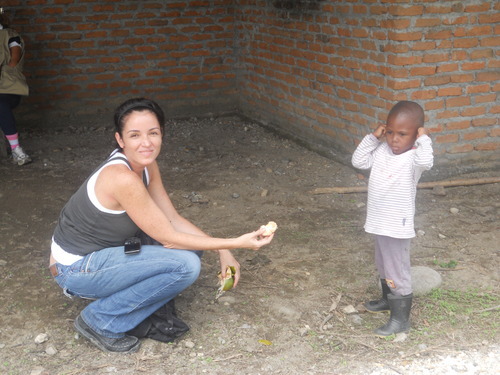

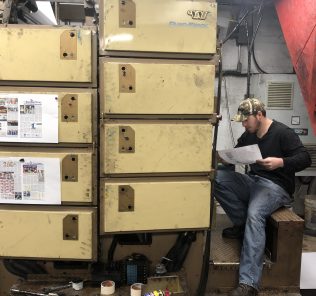
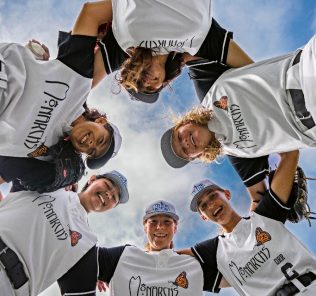

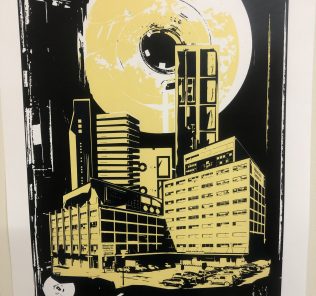
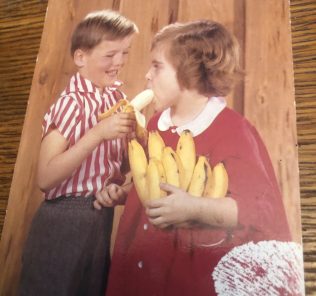
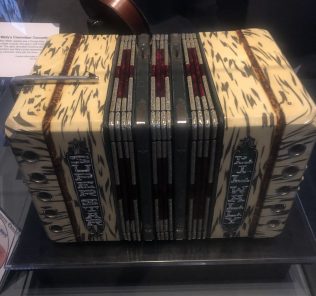

Leave a Response